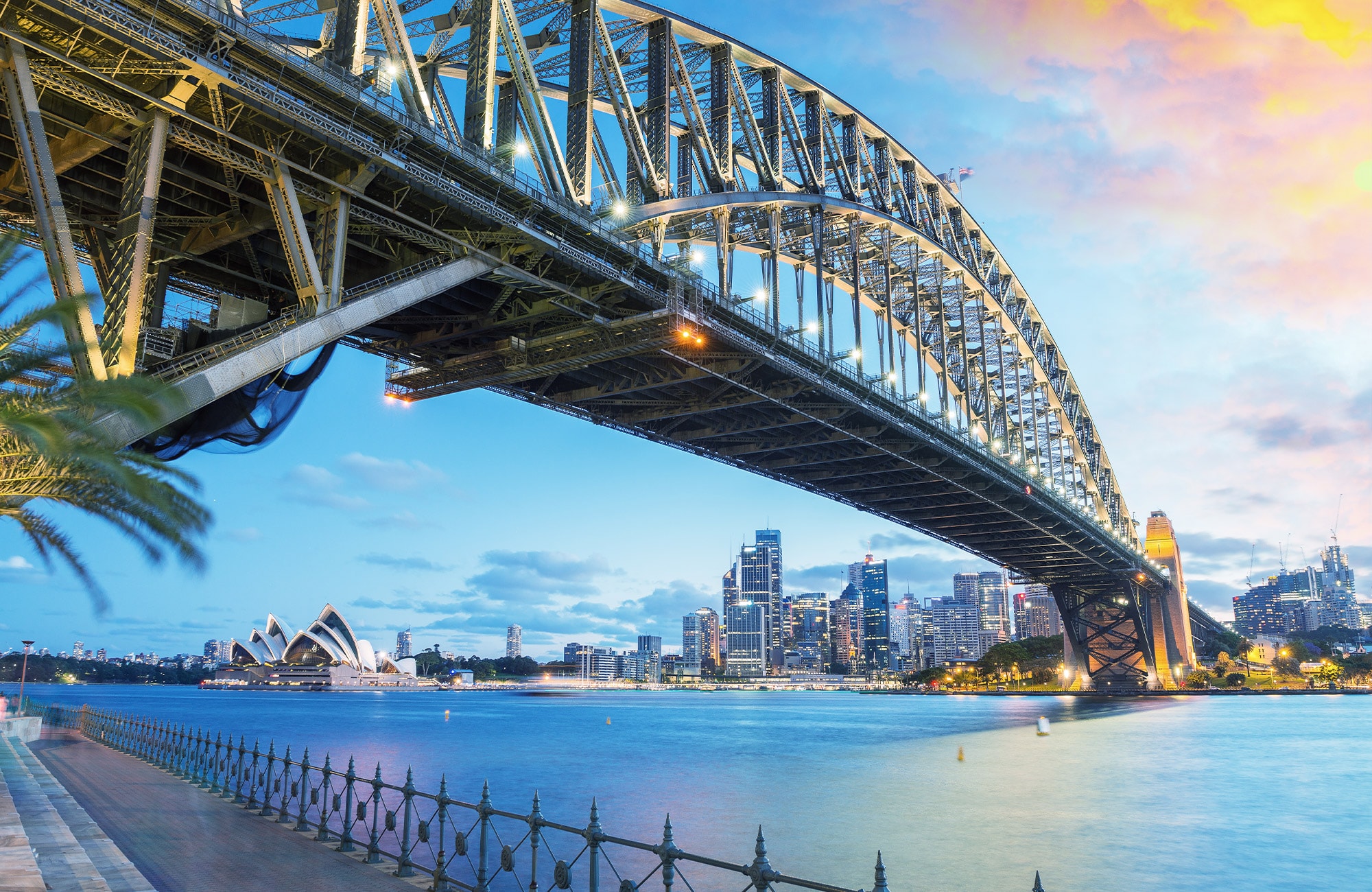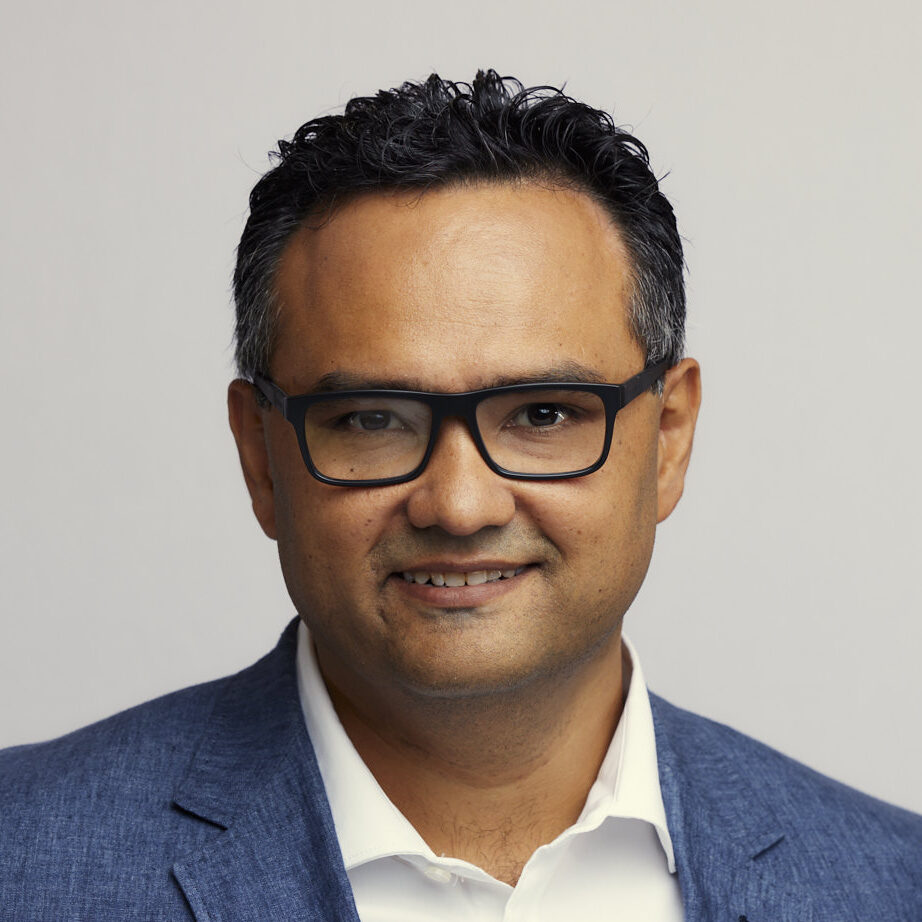Sydney’s property market is picking up speed again in 2025 – and this time, it’s not just hype. After a shaky few years, lower interest rates, booming population growth, and an undersupply of homes are giving the market a fresh push.
Median dwelling prices now sit around $1.19 million, and experts are tipping 3% to 6% growth over the next 12 months. But this isn’t a repeat of the pandemic property frenzy. What we’re seeing now is more measured – it’s driven by long-term fundamentals, not FOMO. From premium harbourside homes to more affordable Western Sydney growth pockets, smart buyers are moving early, before the next wave of competition hits.
Want the best advice on buying or investing in Sydney property? Check out our top picks for financial professionals near you:
Current State of Sydney’s Property Market
Sydney’s property prices remain the highest in the country – but performance is starting to split depending on what you’re buying. As of mid-2025, the median house price in Sydney sits at $1,486,373, while units are averaging $859,811. That brings the overall median dwelling value to $1.20 million.
But here’s where it gets interesting:
Houses are still leading the recovery. Prices climbed 0.4% in April, up 1.4% over the past quarter, and 1.3% year-on-year.
Units, on the other hand, have been treading water – down 0.4% in April, 0.3% lower over the quarter, and showing a slight 0.3% annual dip.
This gap between houses and units isn’t new – and it’s not going away anytime soon. With land at a premium and buyers still favouring space and lifestyle, detached homes continue to outperform, especially in tightly held suburbs.
But that doesn’t mean units are off the table. For investors chasing rental yield or first home buyers looking for an affordable entry point, well-located apartments still offer upside – especially as migration keeps pushing demand higher.
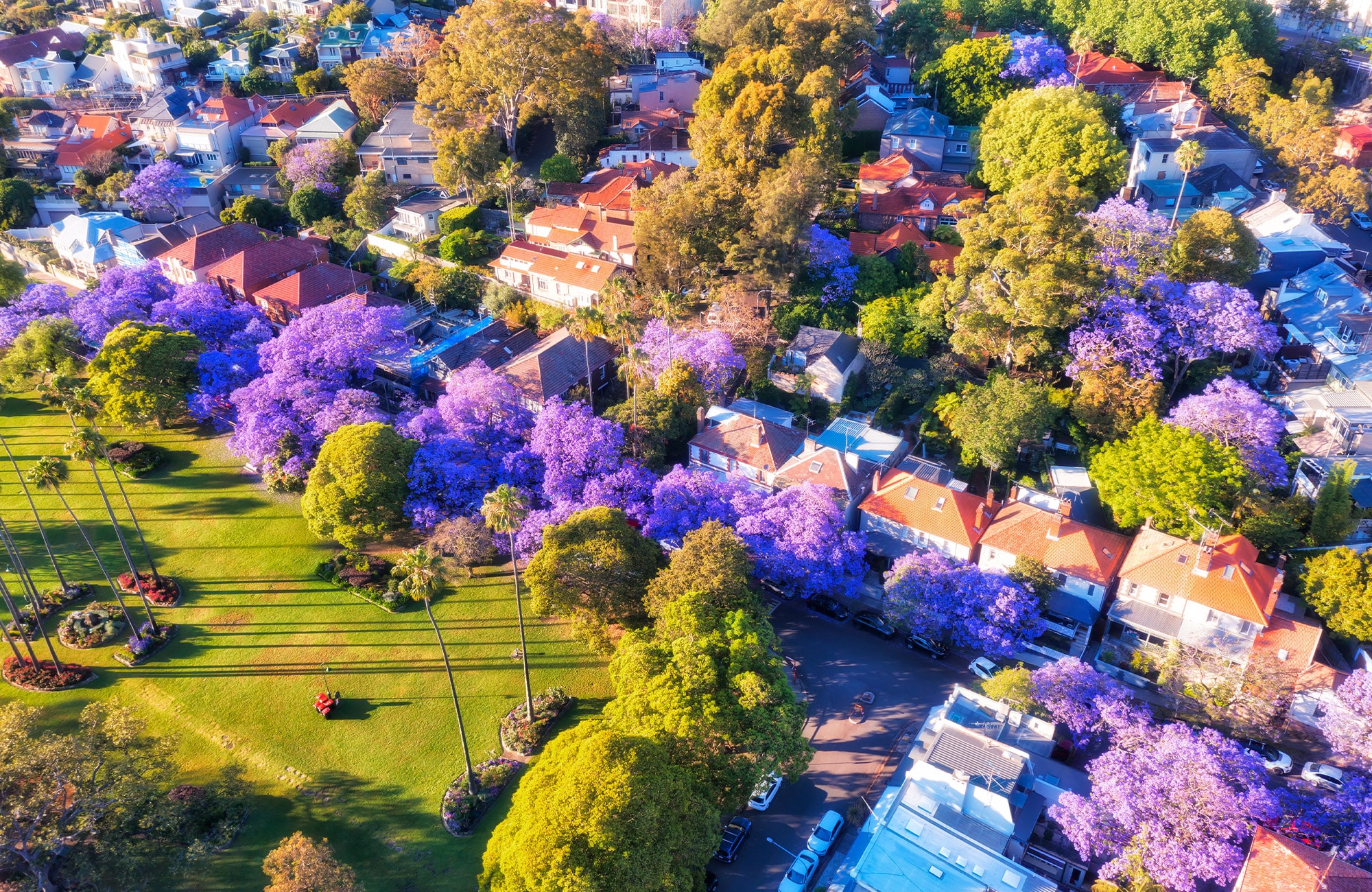
Sydney Property Market Trends: What’s Driving Growth in 2025?
After a rocky few years, Sydney’s property market is back on the move – and several big forces are driving the shift.
Interest Rates Are Breathing Life Back Into the Market
The Reserve Bank’s decision to cut rates in early 2025 gave buyers exactly what they’d been waiting for: a green light. Confidence has returned, borrowing power is rising, and open homes across Sydney are busier than they’ve been in months.
Sydney dwelling values are up 1.0% over the past quarter – the biggest three-month gain since mid-2024. And with economists saying the cash rate will drop even further by the end of the year, the upswing might just be getting started. For most people, every 0.25% cut adds $10,000-30,000 in borrowing power – which is a huge increase in a city where prices are still climbing.
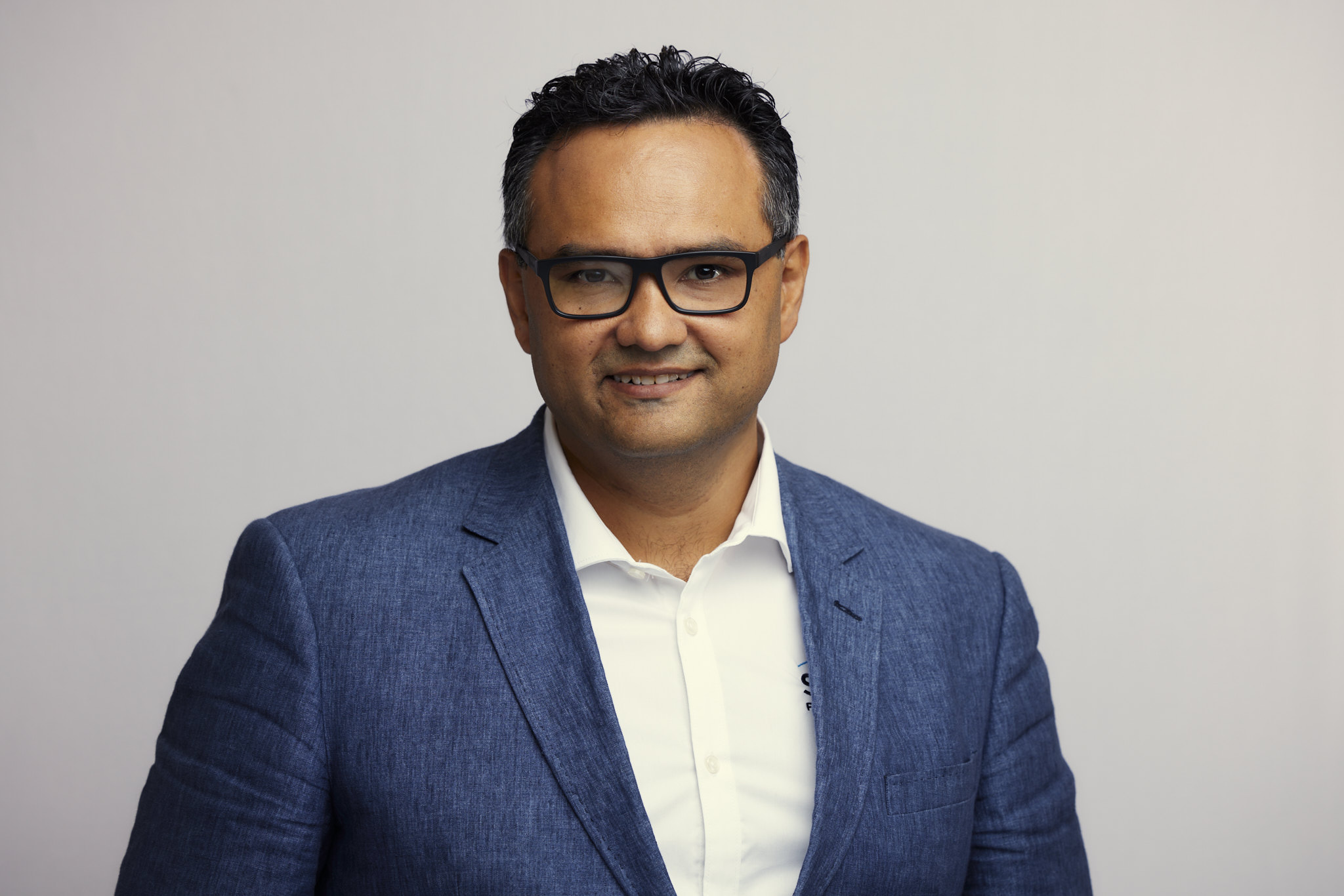
“Sydney’s property market in 2025 is gaining traction, fuelled by improving buyer confidence, falling interest rates, and a deepening supply-demand imbalance. With building approvals well below the decade average and record-low vacancy rates, prices are expected to remain resilient – especially in growth corridors and infrastructure-linked suburbs.”
Mansour Soltani, Soren Financial
Demand Keeps Surging – But Supply Just Can’t Keep Up
The real engine behind Sydney’s price resilience isn’t just rate cuts – it’s the simple mismatch between how many homes people need and how many are getting built.
Building approvals are down 16.5% compared to the 10-year average.
NSW’s population is expected to grow by nearly 1 million by 2034.
Sydney will absorb the majority of that growth – over 650,000 new residents.
At the same time, rental markets are under enormous pressure. Vacancy rates are hovering near record lows at around 1.5%, and tight planning rules are making it harder to deliver new supply, especially in established suburbs. Add in high construction costs, labour shortages, and lengthy council delays – and it’s clear why demand is easily outpacing supply.
The Broader Economy Is Holding Up
On top of lower interest rates and the supply shortage, there’s also a solid economic backdrop helping to stabilise things:
Unemployment remains low, keeping consumer confidence high and supporting mortgage serviceability.
There’s been talk of APRA easing lending rules (like the 3% buffer), which could unlock more borrowing power.
While inflation isn’t gone, it’s easing – rental inflation dropped to 5.8% in January 2025, down from 7.4% the year before.
Taken together, it’s a market with serious momentum. Not a boom – but a steady climb backed by real fundamentals.
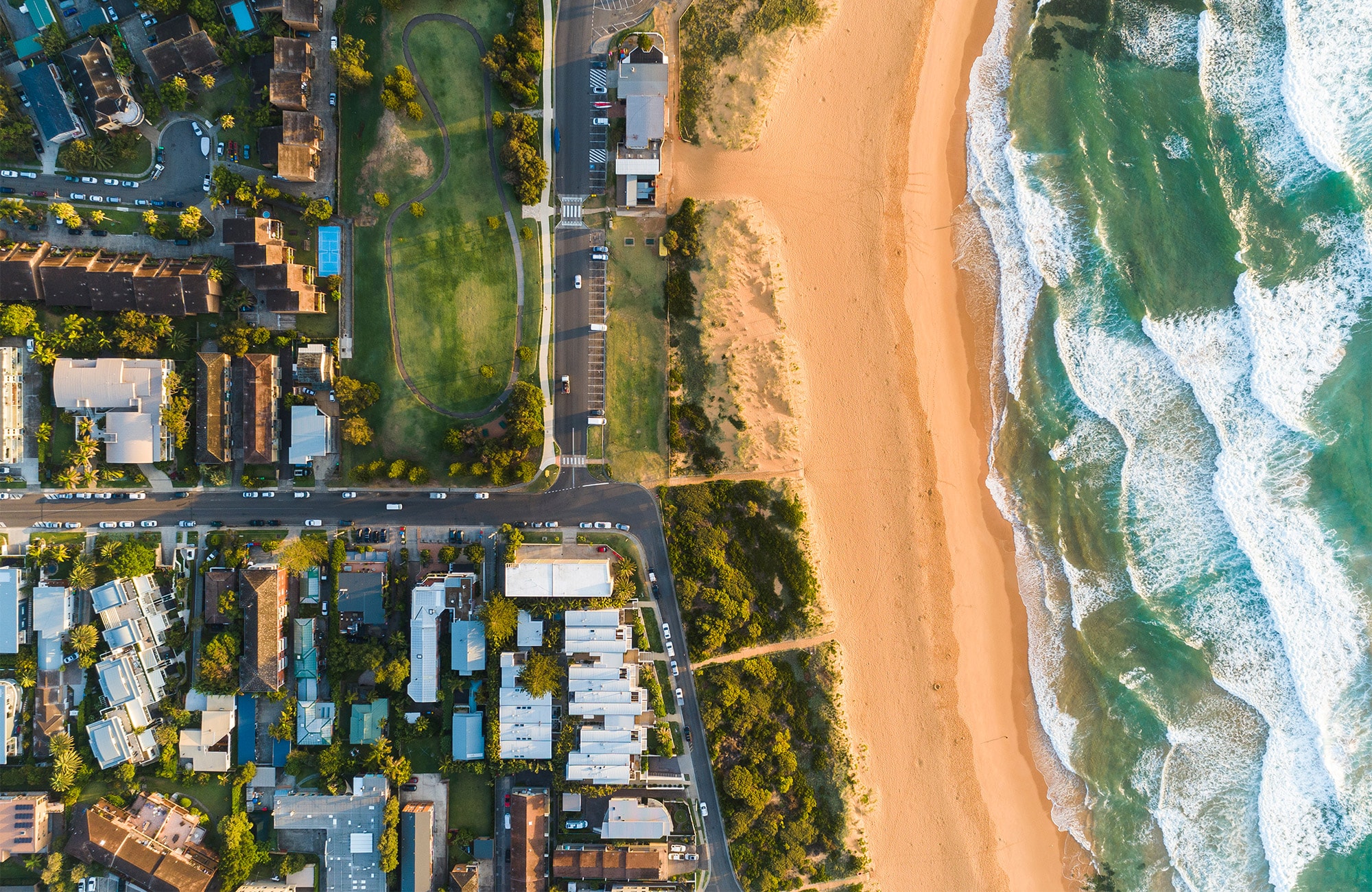
Sydney Property Prices by Suburb: Where the Growth Is Happening
Sydney’s property prices aren’t all moving in one direction. Some suburbs are seeing strong gains, especially in the west, while others are holding steady. Here’s what’s happening on the ground in 2025.
Western Sydney Leads the Charge
Western Sydney continues to outperform, thanks to strong demand, better affordability, and major infrastructure upgrades.
Take Tregear, for example – prices have jumped more than 15% over the past year. Median prices sit around $770,000 – still well below the Sydney average – and homes are being snapped up fast.
Whalan and Emerton tell a similar story. Both suburbs have recorded double-digit growth, with prices still well under the $1 million mark. These areas appeal to first home buyers and investors alike, especially with tight rental supply and growing tenant demand.
Suburbs like Bonnyrigg Heights and Cabramatta West have also seen strong growth off the back of infrastructure access and rising interest from upgraders priced out of inner-city pockets.
Big Infrastructure Is Reshaping the Map
Large infrastructure projects are doing more than improving travel times – they’re reshaping Sydney’s property map.
The new Western Sydney Airport (set to open in 2026) is driving demand in nearby areas, while upgrades to the Sydney Metro and bus network are improving travel times and boosting appeal across outer-ring suburbs.
Areas that used to feel “too far out” are quickly becoming much more connected – and much more competitive.
Blue-Chip Suburbs Hold Their Ground
At the top end of the market, things are ticking along. Price growth isn’t dramatic, but these suburbs are known for holding their value and bouncing back early when conditions improve.
Places like East Lindfield and Gordon are still in demand – especially with families chasing school zones, space, and lifestyle. Low supply is helping support prices, and while buyers here aren’t rushing, they’re still active.
Inner-City & Eastern Suburbs Stay Steady
Closer to the city, the pace is more stable – but there’s still strong demand in key pockets. Suburbs like Randwick, Coogee, and Maroubra remain firm favourites for families and investors. Beachside living, good schools, and proximity to the city mean these areas rarely fall out of favour.
In the unit market, Chippendale, Ultimo, and Camperdown continue to attract renters and investors alike – especially with uni students, young professionals, and returning overseas migrants driving demand. These suburbs might not be topping the growth charts, but they offer consistency – and in a market like Sydney, that’s worth a lot.
Investment Opportunities & Strategies
Sydney’s property market is changing. With affordability tight and yields under pressure, it’s less about speculation and more about long-term fundamentals.
What Types of Properties Are Performing?
Not all properties are performing well in today’s market. Those that are, tend to sit in one of three categories.
Freestanding family homes: Three to four-bedroom houses in established suburbs continue to attract strong demand. These are houses located in quiet streets, close to good schools and public transport. They offer long-term capital growth, especially if they’re on a decent-sized block.
Investment-grade apartments: Units close to train lines, major employment hubs, and lifestyle precincts are seeing plenty of renewed interest. They’re popular with renters and offer good rental returns without the high price of a house.
Infrastructure-adjacent suburbs: Areas near the Sydney Metro, upcoming airport precinct, or light rail corridors are firmly on the radar. Access, amenity, and planned development matter more than ever when picking a suburb for future gains.
Infrastructure: Where the Smart Money’s Going
Major public projects continue to reshape where people want to live – and where investors are focusing.
Sydney Metro: Properties within walking distance of new stations are seeing stronger demand. Some areas have even picked up a 10–15% price premium compared to their surroundings.
Western Sydney Airport: Still on track to open in 2026. Surrounding areas like Badgerys Creek, Kemps Creek, and parts of Liverpool are benefiting from the buzz
Light Rail: Improved light rail access has helped boost interest in areas like Kingsford, Kensington, and Surry Hills – making them even more attractive for investors.
What’s Happening in the Rental Market?
Rents across Sydney have started to stabilise after a steep run-up. Annual growth has slowed to just 1.9% – the lowest since early 2021 – but the bigger picture still points to a tight rental market.
Why? Because demand hasn’t gone away:
Vacancy rates are stuck near record lows.
Population growth is still strong.
Building supply isn’t keeping up.
Owning a home is still out of reach for many renters.
In short: tenants are staying put, and investors with quality properties are in a good position.
Rental Yields Snapshot
Houses: 3.1% gross yield
Units: 4.5% gross yield
Premium locations: 2.5-3.5%
Growth suburbs: 4-6%
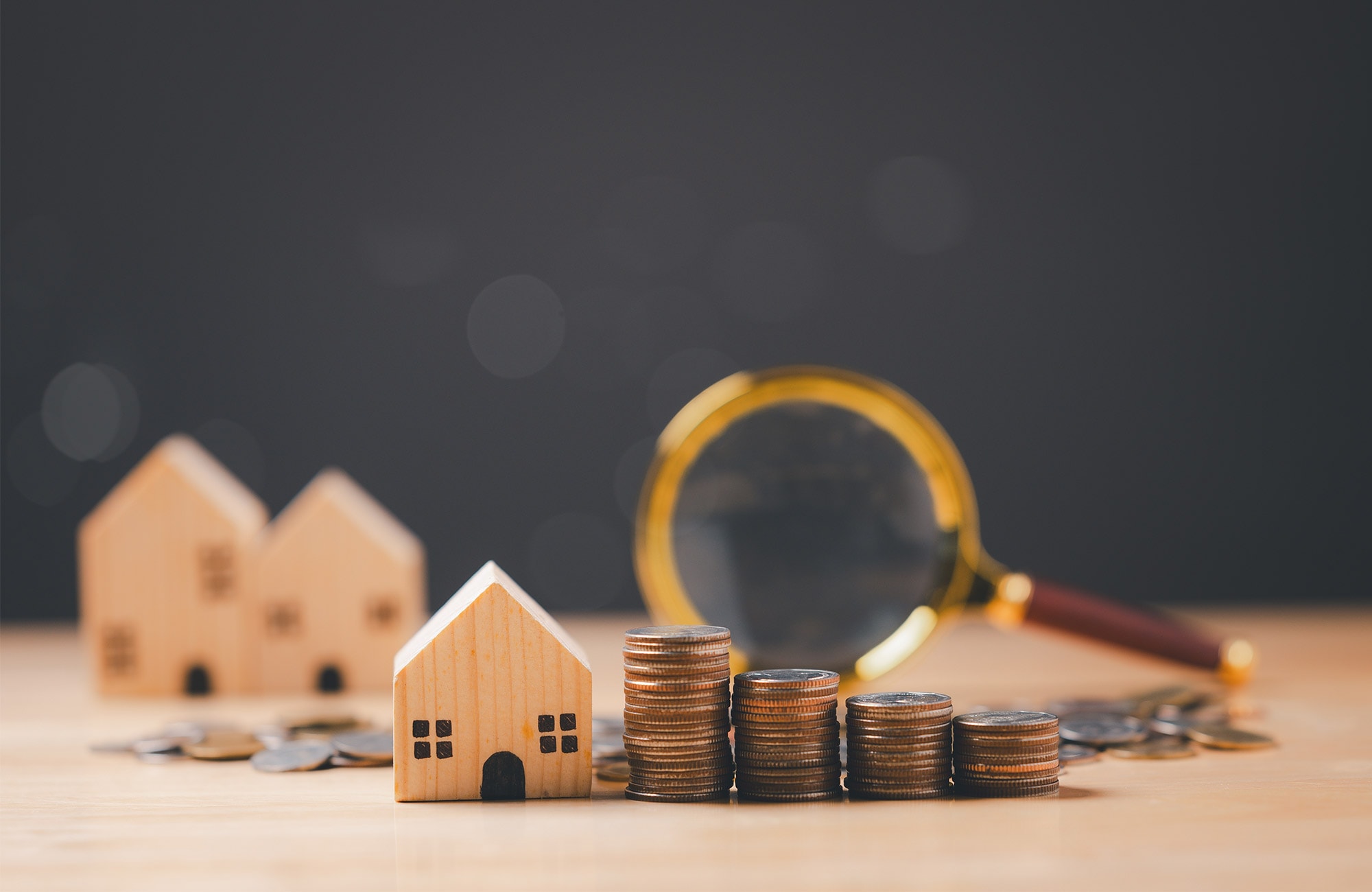
How the Market Looks for First Home Buyers
Buying your first home in Sydney has never been easy – but 2025 is shaping up to be a window of opportunity. With prices steady, rates easing, and government support available, it could be a good time to make your move.
Government Schemes You Can Use
There’s a decent line-up of support programs aimed at helping first-time buyers deal with Sydney’s high entry costs:
First Home Owner Grant (FHOG): A $10,000 grant for eligible buyers building a new home (or buying a newly built one) valued up to $750,000.
NSW First Home Buyers Assistance Scheme: Offers full stamp duty exemption for homes up to $800,000 and concessions up to $1 million.
First Home Guarantee: Allows eligible buyers to purchase with just a 5% deposit – and no Lenders Mortgage Insurance. The Sydney price cap is currently $900,000.
Family Home Guarantee: Supports eligible single parents with as little as a 2% deposit – even if they’ve owned property before.
Best Areas for First Home Buyers
If you’re buying in Sydney with a budget under $1 million (which most first home buyers are), you’re likely looking further west or south-west. That doesn’t mean you’re out of options. There are still suburbs with decent houses, good transport links, and a strong sense of community. Areas near train stations, bus routes, or earmarked for future infrastructure tend to offer better long-term value.
If you’d prefer to stay closer to the CBD, units can offer a more affordable entry point – especially in suburbs with good lifestyle appeal and proximity to jobs or universities. It all comes down to your priorities. The key is knowing where to compromise and where to hold firm.
Timing the Market
We’re in a unique moment. Rates are softening, investor activity is still subdued, and the government is still rolling out support. That makes now a strategic time to get pre-approved and start your search – before competition heats up later in the year or into 2026.

“As borrowing capacity improves, savvy first home buyers and investors are re-entering the market, positioning themselves before the next wave of price acceleration forecasted into 2026. From a financing perspective, now is a pivotal moment to secure pre-approval and assess lending strategies while rates are still adjusting and competition remains manageable.”
James Haywood, Waves Financial
Challenges Facing the Sydney Property Market
Affordability is still a major issue in Sydney. Rents are the highest of any capital city, and while price growth has steadied, getting into the market – or upgrading – remains tough for a lot of people.
It’s also a very split market, with different buyer groups facing different pressures:
First-home buyers are leaning heavily on government support and focusing on the outer suburbs.
Investors are chasing yield in middle-ring suburbs with solid rental demand.
Upgraders have equity but are feeling the pinch from high repayments.
Downsizers are freeing up family homes and moving into low-maintenance lifestyle areas.
Put simply, it’s not a one-size-fits-all market – and that’s what’s making it trickier to navigate.
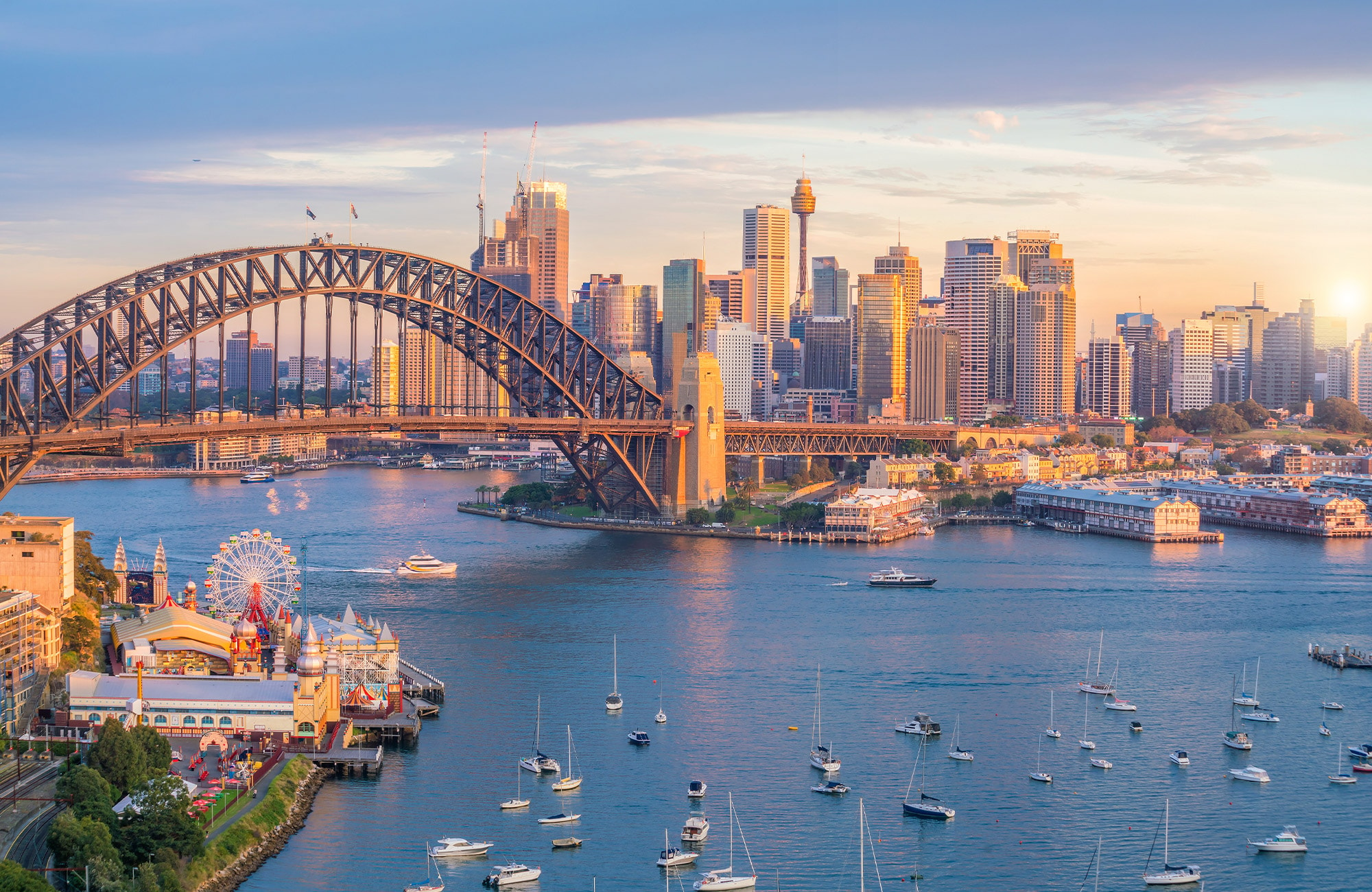
Expert Outlook: What’s Ahead for Sydney’s Property Market
Most experts agree: Sydney’s housing market is set for steady gains through 2025 – with stronger growth likely into 2026.
Forecasts from the big banks and research firms suggest moderate price increases this year, with house prices expected to grow between 2% and 6% depending on who you ask. KPMG has tipped Sydney to lead the nation for property growth next year as interest rates begin to fall and confidence returns.
Dr Brendan Rynne, Chief Economist at KPMG, had this to say: “Despite affordability and availability issues and a delayed interest rate cut, increased investor sentiment, and anticipated relaxed lending conditions will help support modest price growth in 2025, and then stronger growth next year.”
Other market watchers are seeing the same thing. CoreLogic data shows that Sydney values have bounced back from earlier dips, and are tracking steadily. And agents on the ground are reporting increased activity – especially from upgraders and investors who are cherry-picking high-quality properties.
What About the Long Term?
Sydney has a strong track record for long-term growth – house prices more than doubled over the past decade. With population growth set to continue and major infrastructure projects underway, the city’s fundamentals remain solid.
Whether it’s the new Western Sydney Airport, metro rail extensions, or major urban renewal precincts – these long-term plays will keep shaping the property landscape for years to come. And for buyers and investors who take a strategic approach, there’s plenty of opportunity ahead.

Final Thoughts on the Sydney Property Market
Sydney’s property market isn’t slowing down – it’s just shifting gears. With prices holding firm, demand still outpacing supply, and key infrastructure projects reshaping the map, there are real opportunities out there for buyers who do their homework. Whether you’re upsizing, investing, or getting into your first home, 2025 could be the right time to make a move.
Want personalised advice on navigating Sydney’s property market? Check out our recommended experts in the area:
Frequently Asked Questions
Is 2025 a good time to buy in Sydney?
For prepared buyers, yes. Interest rates are starting to ease, listings have improved, and first-home buyer schemes are making entry a bit easier. Competition isn’t as fierce as it was, but demand is still strong – especially with tight housing supply across the city.
Which areas offer the best value?
More affordable homes are mostly in Western and South-West Sydney, where new infrastructure is improving liveability. Suburbs near Metro stations, major roads, or the Western Sydney Airport precinct tend to offer better long-term growth. Closer in, older apartments in established suburbs are also worth a look for first-home buyers or investors.
How much do you need to buy in Sydney?
You’ll need at least a 5% deposit if you qualify for the First Home Guarantee – that’s $45,000 on a $900K property (Sydney’s cap). Most other buyers aim for 20%, plus stamp duty, legal, and inspection costs. Stamp duty exemptions and concessions can reduce upfront costs for first-home buyers under $1M.
Will Sydney property prices fall?
Not likely. Sydney prices have held up due to strong demand, low housing supply, and high population growth. With interest rates easing and more buyers re-entering the market, most analysts expect modest growth through 2025 – not declines.
What’s happening with interest rates in 2025?
After a tough run of rate hikes, we’re finally seeing some relief. The RBA has started easing rates, and while they’re being cautious, more cuts are expected later this year. That’s good news for buyers – especially first-home buyers and upgraders – as borrowing power improves and confidence returns to the market.
Are apartments a good investment in Sydney right now?
They can be, depending on where and what you buy. With house prices still out of reach for many, apartments in the right spots – close to transport, jobs, and lifestyle precincts – are in high demand. Rental yields are generally stronger than houses, and more investors (and even first-home buyers) are starting to take notice.
With over two decades of experience in Australia’s real estate sector, Mansour has built a career specialising in the acquisition and sale of investment and commercial properties, spanning major metropolitan hubs and regional areas. As the founder and owner of a finance brokerage firm, he manages a loan portfolio exceeding $100 million while serving a broad range of clients nationwide.
A frequent contributor to money.com.au, Mansour has developed a deep understanding of diverse investment strategies, enabling him to provide valuable, well-informed perspectives on market trends and opportunities.

